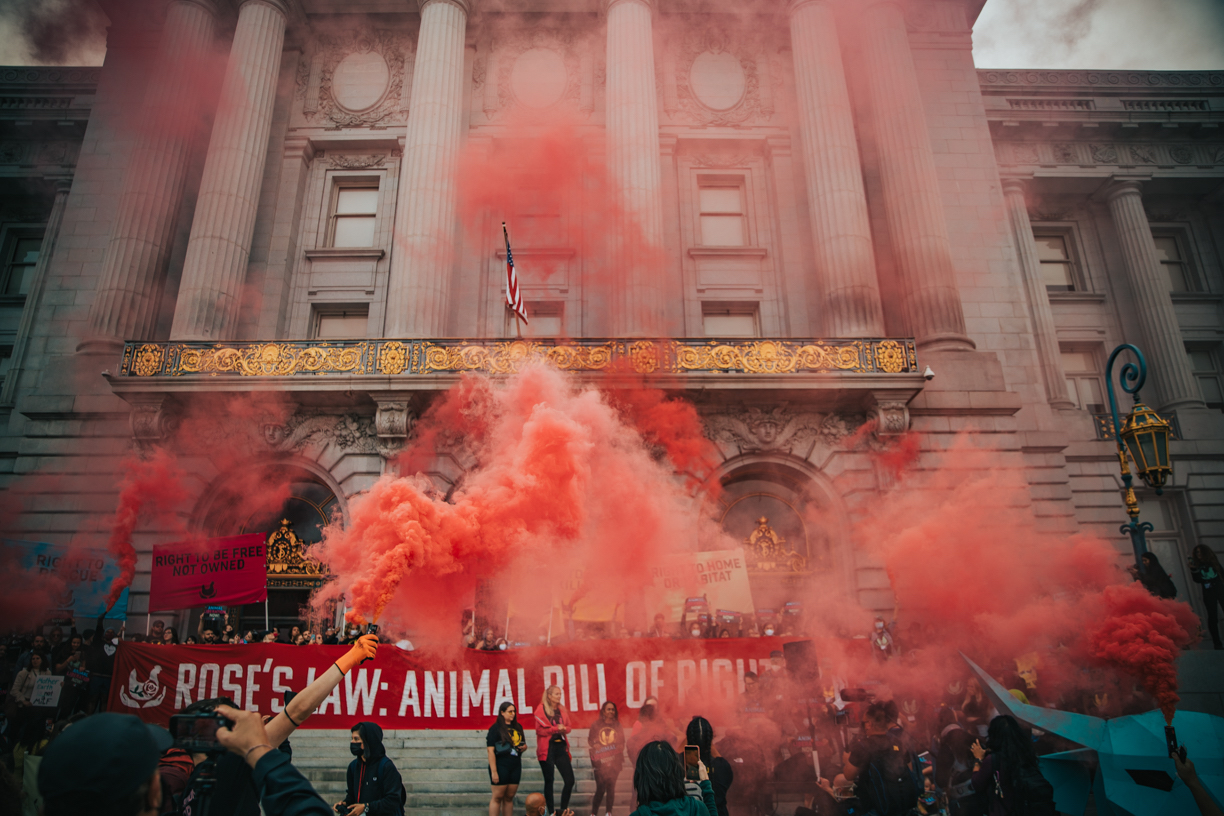On Controversy and Campaigns

This weekend, I gave a talk on the importance of campaigns, at the DxE House in Oakland. I talked about five reasons that the campaign model is an effective, and perhaps vital, model for social justice activism.
- Campaigns, at root, are stories, and stories are powerful forces for change
- Campaigns draw attention
- Campaigns move people to action because they see their activism as part of a greater mission or calling
- Campaigns go viral, as they expressly encourage independent groups and individuals to join a unified message and mission
- Campaigns create flow -- i.e. a structure with clear goals, immediate feedback, and realistic challenges -- that motivate and empower activists to greater commitment
One thing I did not mention, however, that may be just as important is that campaigns, like most real-life stories that involve continuing conflict between passionate adversaries, create controversy . Controversy -- and the clash of ideas underlying any controversy -- is widely perceived as a negative, in animal rights activism. Routinely, we hear prominent groups and activists saying that we must avoid being judgmental , avoid being angry, avoid being pushy, and, in fact, avoid anything that might be even remotely controversial. But when one looks harder at the logic behind this claim, it becomes hard to defend.
Think of the canonical and successful social justice movements in history. Did they seek out controversy, or did they run from it? Think of the most powerful mobilizations in recent history -- the Indignados in Spain, the Tea Party and Occupy Wall Street in the US, the Arab Spring in the Middle East; did controversy help these mobilizations, or hinder them? Or even just think of your own life, and ask when an idea, a message, or even just a single issue, has most captured the imagination and attention of the people around you? Was it because someone calmly provided you information, or was it because there was some juicy and dramatic element -- some controversy -- that made the idea seem impossible to avoid?
In fact, the most prominent legal historian of the Civil Rights Movement, Michael Klarman at Harvard, has shown that polarizing the debate, creating controversy, and triggering a massive backlash, was one of the primary mechanisms by which the Civil Rights Movement succeeded. When controversy forced people to take a stand, it turns out, many decided to stand with the protesters against violence, rather than the racists who assaulted the protesters with knives and sticks.
The moral of the story? Don't be afraid of personal attacks. Don't be afraid of triggering a defensive reaction. Don't be afraid of debate and polarization.
Because the lessons of history and psychology teach us that the path to liberation is a path built on the bricks of controversy.
Other articles

Tulare County Dairy Farms Are Poisoning Latino Communities

The Case for Systemic Change




